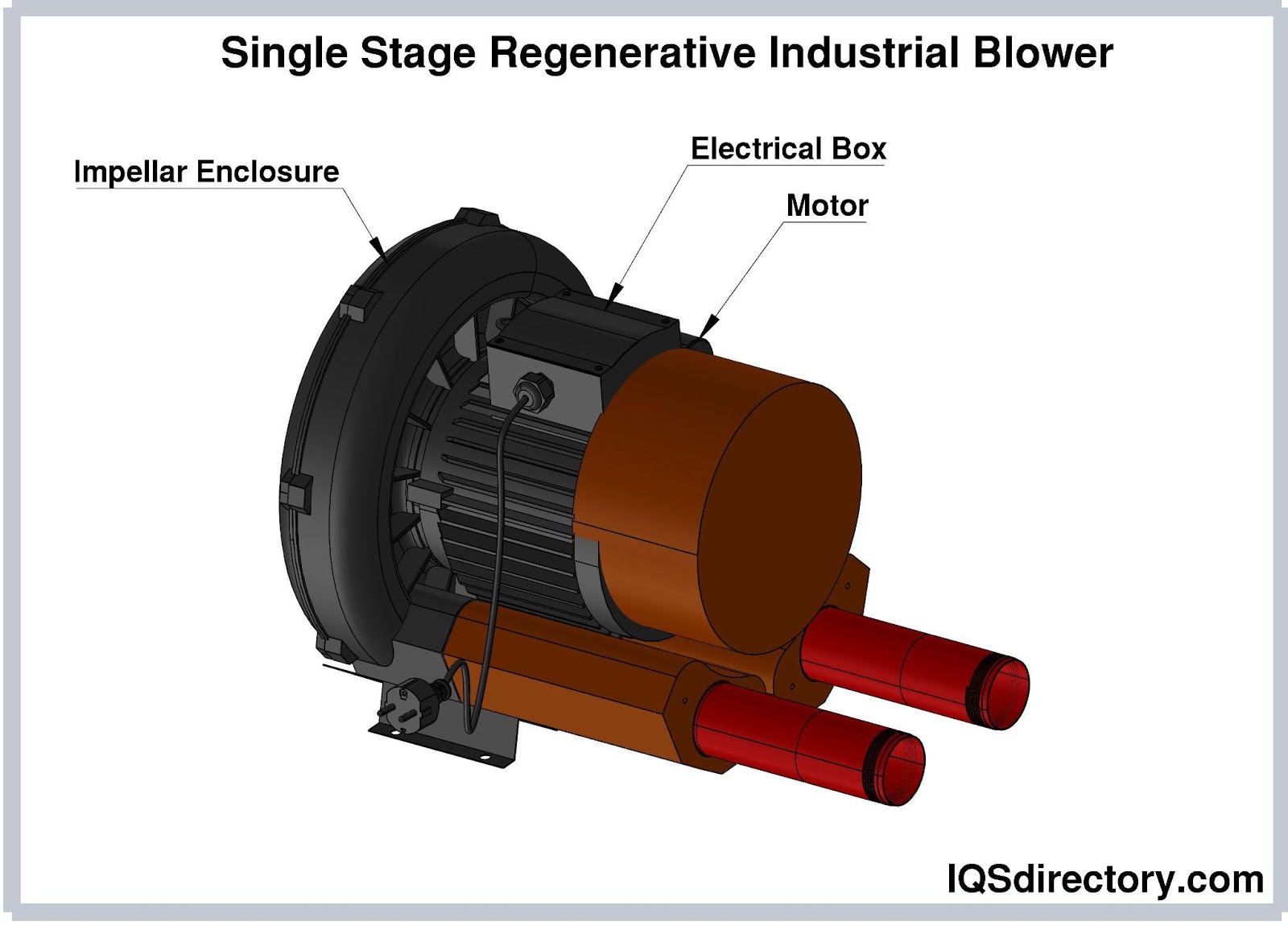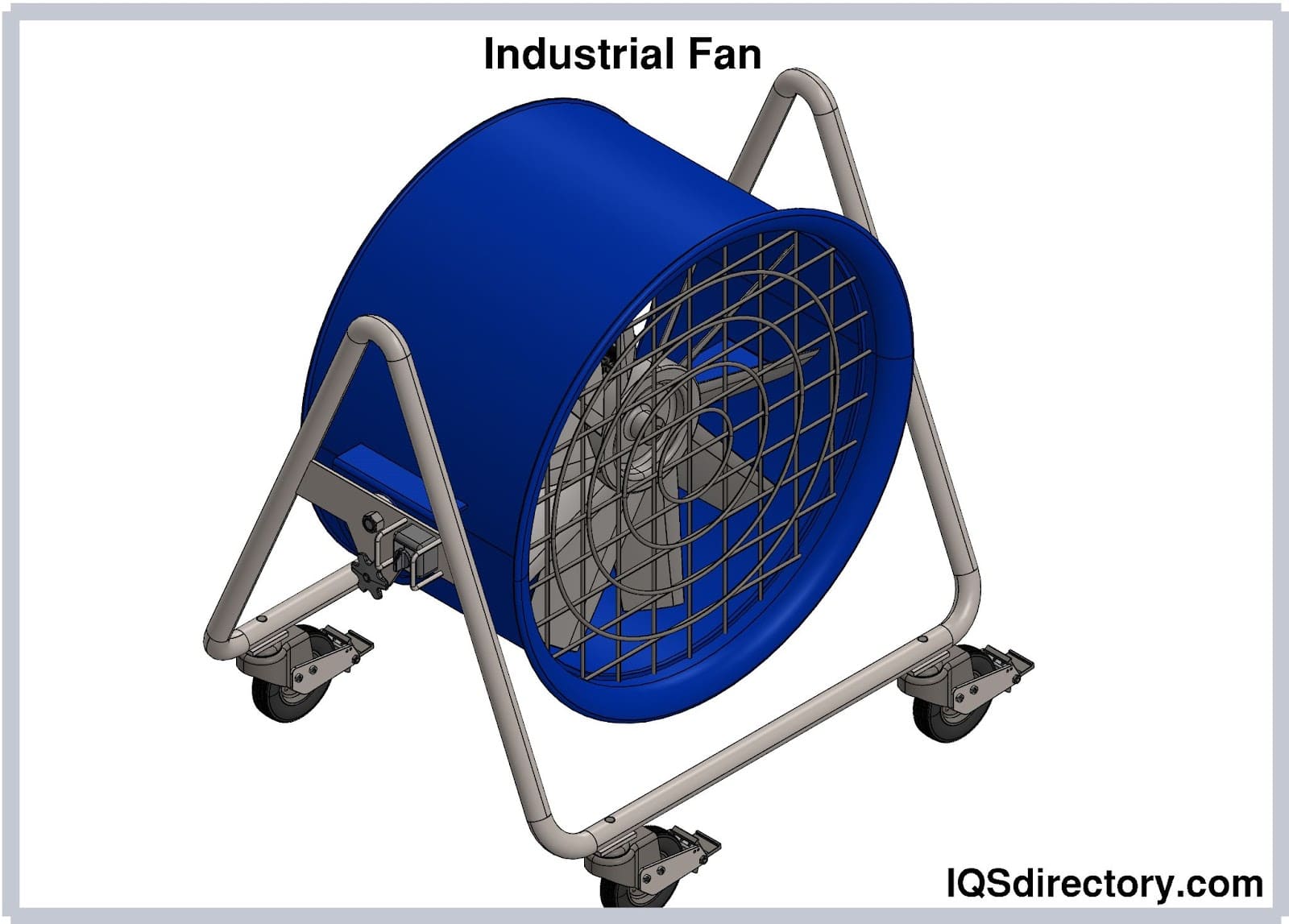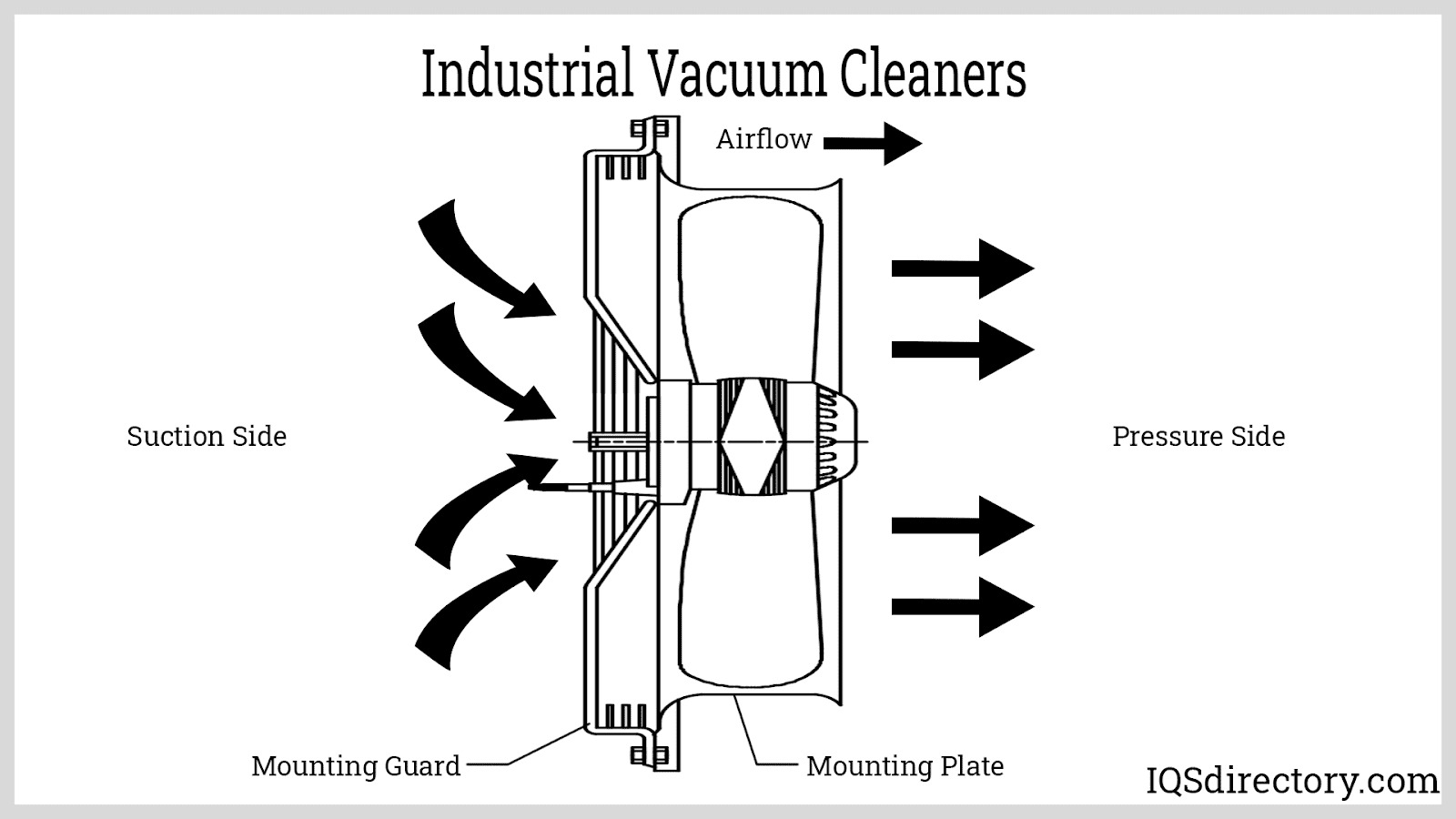Ventilation fans play a crucial role in maintaining indoor air quality by improving air circulation and reducing moisture levels. Whereas other types of fans are designed primarily for cooling or heating purposes, ventilation fans are designed specifically to improve indoor air quality by moving air in and out of a space. Read More…
Since 1991, National Turbine Corporation has been a blower manufacturer, bringing you quality multi stage blowers for use in industrial applications.

#1 Most Reliable Fan Manufacturer. Thousands of customers depend on AirPro fans to keep their operations going, and that's why we build the highest quality fans, prioritize on-time delivery, and offer a 3-year warranty on all products! Founded in 2002, AirPro is privately held and 100% Employee-Owned. With headquarters and manufacturing facilities in Rhinelander, Wisconsin, we offer centrifugal...

Since 1889, The New York Blower Company (nyb) has been a turn-key provider of catalog and custom fans, blowers and ventilation systems. We provide the design, manufacture, installation, maintenance, repair and rebuild of nyb and competitor products. We are constantly expanding, with a worldwide presence of over 200 representatives, and the opening of our fifth manufacturing facility in the US in ...

At DeKalb Blower, we specialize in the design and manufacturing of high-quality blowers that deliver exceptional performance and reliability. Our expertise lies in providing advanced airflow solutions tailored to meet the unique needs of diverse industries. By combining innovative engineering with precision craftsmanship, we create blowers that excel in efficiency, durability, and functionality.

Since 1959, Northern Blower® has offered a wide range of industrial blowers and fans including centrifugal fans, axial fans, swingout fans and custom made fans. Contact us today for information on our quality fans, blowers and equipment. We are committed to the manufacture of a rugged, long-lasting product delivered on time, every time. AMCA Member and ISO 9001:2000 Registered.

More Ventilation Fan Manufacturers
Ventilation Fan Design
The design of a ventilation fan differs from other types of fans in several ways that allow it to perform its specific job of improving air circulation and reducing moisture levels. To begin with, ventilation fans are typically equipped with larger blades compared to other types of fans. The larger blades are designed to move larger volumes of air, which is necessary for the effective circulation of air in space.
Additionally, the housing of a ventilation fan is designed to direct the airflow in a specific direction, typically out of the space being ventilated. This helps to remove stale or contaminated air from the space and prevent it from circulating back into the room. Next, ventilation fans are often installed with ductwork that helps to move the air from the fan to the outside of the building. The ductwork is essential for directing the airflow where it is needed and prevents the air from simply recirculating back into the room. Finally, ventilation fans are designed to be energy-efficient, as they are often required to run for extended periods to effectively ventilate the space. This means that they typically use energy-efficient motors and are equipped with features such as automatic shut-off or low-power settings to reduce energy consumption.
Variations of Ventilation Fans
There are several variations of ventilation fans, each designed for specific applications. Here are some of the most common types of ventilation fans and their specific design features:
Ceiling-Mounted Fans
These fans are designed to be installed directly into the ceiling of a room. They are typically used in bathrooms, kitchens, and other spaces where there is a high level of moisture. Ceiling-mounted fans can be connected to ductwork to help move the air outside of the building. They are often equipped with features such as timers or motion sensors to help reduce energy consumption.
Inline Fans
These fans are installed in the ductwork of a ventilation system and are typically used in commercial buildings or larger residential properties. Inline fans are designed to move large volumes of air and are often connected to multiple rooms through ductwork. They can be used in conjunction with other types of ventilation fans, such as ceiling-mounted fans, to improve overall air quality.
Wall-Mounted Fans
These fans are similar to ceiling-mounted fans but are designed to be installed directly into a wall. They are typically used in smaller rooms or areas that do not require as much air movement as larger rooms. Wall-mounted fans are often equipped with adjustable louvers that allow the airflow to be directed in a specific direction.
Window Fans
These fans are designed to be installed directly into a window and can be used to bring fresh air into a room. Window fans are often used in combination with other types of fans, such as ceiling-mounted fans or inline fans, to improve overall air quality.
Heat Recovery Ventilation (HRV) Fans
These fans are designed to recover heat from the air being exhausted from a building and use it to preheat the fresh air being brought into the building. HRV fans are often used in colder climates where it is important to retain heat within the building. They are typically more expensive than other types of ventilation fans but can help to reduce heating costs over time.
Considerations Regarding Ventilation Fans
While ventilation fans are essential for maintaining indoor air quality, there are some considerations to keep in mind. Noise levels can be a concern, especially when the fan is located in a living area. Energy consumption is another factor, as running the fan for long periods, like any appliance, can increase electricity bills. Lastly, regular maintenance is necessary to ensure that the fan operates efficiently.
Benefits of Ventilation Fans
The benefits of ventilation fans are significant and include:
Improved Air Quality
One of the most significant benefits of ventilation fans is that they help to improve indoor air quality by removing stale and contaminated air from the space. This is especially important in rooms such as bathrooms and kitchens, where there is often a high level of moisture and odors. By circulating fresh air into the space, ventilation fans can help to reduce the buildup of pollutants and allergens, which can help to improve overall air quality and reduce the risk of respiratory problems.
Reduced Moisture Levels
Another major benefit of ventilation fans is that they help to reduce moisture levels in the space. High levels of moisture can lead to mold growth, which can be a health hazard and cause damage to building materials. Ventilation fans help to remove moisture from the air, reducing the risk of mold growth and protecting the building from moisture-related damage.
Energy Efficiency
Ventilation fans are often more energy-efficient than air conditioning units. They are designed to operate continuously for extended periods, which means that they typically use less energy than air conditioning units that cycle on and off. Additionally, ventilation fans can be equipped with features such as automatic shut-off or low-power settings to further reduce energy consumption.
Improved Comfort
By improving air circulation and reducing moisture levels, ventilation fans can help to improve overall comfort levels in the space. This is especially important in rooms such as bathrooms and kitchens, where high humidity levels can make the space feel uncomfortable and damp.
Improved Safety
In some applications, such as commercial kitchens, ventilation fans are required by law for safety reasons. By removing smoke, fumes, and other contaminants from the air, ventilation fans can help to improve the safety of the space and reduce the risk of fire or other hazards.
Applications of Ventilation Fans
The applications of ventilation fans are numerous. In residential settings, they are commonly found in bathrooms, kitchens, and laundry rooms. Commercial settings such as restaurants, factories, and warehouses also benefit from ventilation fans. In medical and laboratory settings, ventilation fans are used to maintain a sterile environment, while agricultural applications such as barns and poultry houses require fans to remove odors and excess moisture.
Choosing the Correct Ventilation Fan Supplier
To ensure you have the most productive outcome when purchasing ventilation fans from a ventilation fan supplier, it is important to compare several companies using our directory of ventilation fan suppliers. Each ventilation fan supplier has a business profile page highlighting their areas of experience and capabilities, along with a contact form to directly communicate with the supplier for more information or to request a quote. Review each ventilation fan business website using our proprietary website previewer to quickly learn what each company specializes in. Then, use our simple RFQ form to contact multiple ventilation fan companies with the same form.















 Air Compressors
Air Compressors  Air Filters
Air Filters Air Pollution Control
Air Pollution Control Blowers
Blowers Dust Collectors
Dust Collectors Industrial Vacuum Cleaning Equipment
Industrial Vacuum Cleaning Equipment Castings & Forgings
Castings & Forgings Bulk Material Handling
Bulk Material Handling Electrical & Electronic Components
Electrical & Electronic Components Flow Instrumentation
Flow Instrumentation Hardware
Hardware Material Handling Equipment
Material Handling Equipment Metal Cutting Services
Metal Cutting Services Metal Forming Services
Metal Forming Services Metal Suppliers
Metal Suppliers Motion Control Products
Motion Control Products Plant & Facility Equipment
Plant & Facility Equipment Plant & Facility Supplies
Plant & Facility Supplies Plastic Molding Processes
Plastic Molding Processes Pumps & Valves
Pumps & Valves Recycling Equipment
Recycling Equipment Rubber Products & Services
Rubber Products & Services